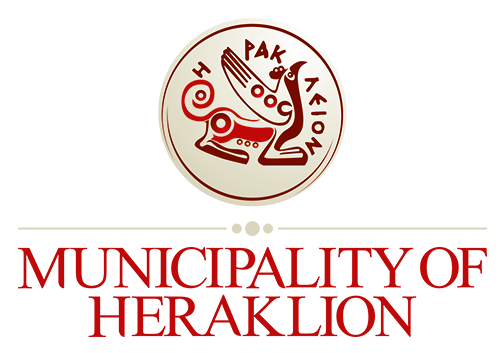Drive to the village of Roukani built at the foot of the hill “Parathyri” at an altitude of 410 m. Visit the Byzantine church of St. Ioannis Rigologos, which adorns the village, see old wine presses, cool off in fountains and get to know local hospitalityin one of the village cafes. If you are in the area during the raki distillation period, be sure to visit one of the four famous rakokazana, which attracts visitors from all over the area and live a unique experience, having fun together with the locals. If you organize your visit at the end of August, you will have the opportunity to participate in the rich four-day program of events organized by the Cultural Association in honor of St. John Rigologos (August 26-29).
Monuments
- Fountains
Combine your walk in the village with a visit to the fountains located in the settlement, which are of particular interest. Cool off in the “Cold Fountain”, an old fountain with drinking water or in the “Piglets Fountain”, which you will meet on your way out of the village.
- Cluster of Late Minoan chamber tombs at Trapeza site
In the center of the mountainous and isolated area of the settlements of Kalou, Galeni and Roukani, in the place “Trapeza” and at an altitude of about 420m, G. Rethemniotakis excavated in 1970 and 1976 a cluster of eight Late Minoan (1900-1100 BC) chamber tombs. The corresponding Minoan settlement to which the cemetery belonged should be sought in the surrounding area. Scattered Late Minoan sherds, found in a small surface survey on the low slope east of the settlement of Kalou, may offer an indication regarding the location of this settlement.
Scenic Routes
Route to Monodendri
Follow the smooth uphill route, starting from Roukani village (altitude 415m), cross the dirt road and then the path and you will reach the top of Monodendri (altitude 801m), which rises south of the settlement and is a natural border of the Temenos municipality. In its northern foothills, verdant valleys are formed, with oaks that are monuments of nature and are protected by law and by the inhabitants, who rightly feel them as living elements of their place.
Temples – Monasteries
St. Ioannis Rigologos
Visit the Byzantine church of St. Ioannis Rigologos located in the village. The church dates back to the 11th century and has remains of frescoes. The structure is an excellent example of a cruciform inscribed temple with a dome. It is an architectural type of church that is the characteristic expression of Byzantine church building and is a creation of the Macedonian Renaissance (867-1056). In fact, its construction requires specialized architectural knowledge and a high level of planning, which suggests that the builders originated from the capital of the then Byzantine state, Constantinople. In the wider area of St. Ioannis, part of a Roman cistern and a series of tombs of the Venetian period were found, confirming the function of the area as a monastery. A lead seal with the name of the abbot Andreas Roukanis has been found at the site, which is now on display at the Historical Museum.
The church celebrates on the 29th of August; a traditional festival is organized by the cultural association of the village which is worth attending!!!
Monastery of Aistratigos
Visit the monastery of Aistratigos built in an amazing landscape between the settlements of Karkadiotissa and Roukani. The area is verdant and confirms the claims that the monasteries were built in the most beautiful locations. Centuries-old oaks and cypresses create a beautiful image, while at a very close distance outside the precinct there is the built spring “Kavousi”, where even today water flows. It is an important monastery complex, from which the “katholikon” and some of the buildings surrounding the inner courtyard are preserved. The monastery was probably built during the second Byzantine period, as evidenced by the fully frescoed (15th century) cross-roofed church of Michael the Archangel, which is preserved in good condition.
The Monastery of Aistratigos was active until the first years of the Turkish conquest. What follows is a period of desolation and its dependence on the Epanosifi Monastery. In this regard, a large historical gap is observed. No further details are known today. However, according to tradition, the monastery of Stratigos became the possession of a Turkish Aga, who donated it to the monastery of Epanosifi.
Gastronomy
The main occupation of the inhabitants is agriculture and animal husbandry; subsequently, the region has a rich production of the corresponding products. You will have the opportunity to meet animal breeders, to try as well as purchase graviera, anthotyro and mizithra. If you are in the area during the raki distillation period, be sure to visit one of the four famous rakokazana, which attracts visitors from all over the region and live a unique experience, tasting baked potatoes, grilled meat and raki with locals. You can also have a great experience by visiting a beekeeper, while you can taste and obtain genuine beekeeping products, such as honey and royal jelly.
HOUSEHOD TRADITIONAL OCCUPATION
Meet Mrs. Maria, watch her up close while she weaves on the wooden loom and admire her craft and her textiles. From there you can get handmade vourgies, towels and tablecloths that combine tradition with the needs of the modern era.








